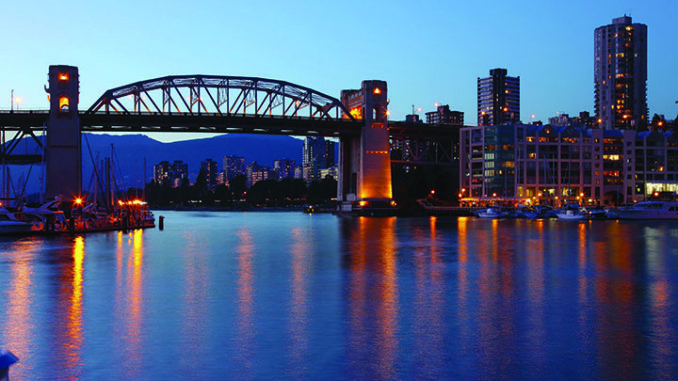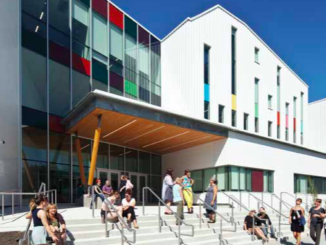
By / Jordan Whitehouse
Like every other region in the country, the long-term impacts of the pandemic on the construction industry in Western Canada are still largely unknown. The good news so far, however, is that construction has been deemed essential across the west, so a solid pace of activity should continue overall well into 2021 and beyond, say industry experts. The unfortunate news is that the pandemic has meant delays and fewer projects in the pipeline, while labour shortages continue.
In Alberta, the story has been the continuing struggle of the oil and gas industry, which has had a significant impact on the construction industry. A recent report from IHS Markit predicts that Canadian oilsands production will have had its biggest annual decline on record in 2020, dropping by an average of nearly 175,000 barrels per day (bpd) due to issues associated with the pandemic.
This recent breakdown of upstream oil and gas construction projects in the west has been somewhat offset by downstream oil and gas construction projects, however. Representing about $60 billion in current and future work, many of these projects are currently underway or will be in 2021. These include the Moose Jaw Natural Gas Plant (Saskatchewan), LNG Canada (British Columbia), Heartland Petrochemical Complex (Alberta), and Coastal Gaslink Pipeline (British Columbia).
But the pandemic is having an effect on some of these projects, too. At the end of October, for instance, TC Energy announced that Coastal Gaslink costs would rise compared to the previously disclosed $6.6 billion estimate “due to scope increases, permit delays, and COVID-19 impacts.”
B.C. Construction Association President Chris Atchison is also hearing that the impacts of the pandemic mean fewer projects in the pipeline in British Columbia. “Prior to COVID, people were looking two and three years out to find their next jobs, but now those jobs aren’t there because people are a little bit uncertain as to what they’re going to be able to do,” he says. “So, there is this trepidation of what could happen if more stimulus dollars, more investment isn’t made in projects.”
Still, according to a recent outlook from the Conference Board of Canada, B.C. is expected to lead the west and perhaps the rest of Canada in an economic recovery from COVID-19, largely through the province’s ongoing major construction projects in the resource sector. The authors of that outlook concede, however, that all bets are off if there are delays with a vaccine or the country goes into another lockdown.
Labour shortages also continue to be a wildcard in B.C. and across the west. “We still have an aging demographic within the workforce,” Atchison says. “I think all of the construction associations are still predicting that there is not enough of a skilled workforce to do the jobs that they currently have and will have ongoing.”
A big increase in the in-migration of skilled labour will be key to solving this issue, says Atchison, as will maximizing the participation of underrepresented groups, such as Indigenous peoples. Perhaps the pandemic will actually help on this front. “We’ve demonstrated we are somewhat pandemic- or recession-proof,” Atchison says. “And by being deemed an essential workforce, all of a sudden that changes the conversation for people who were in retail, hotel, hospitality, or other service jobs. Construction can be a stable income for families.” ■



